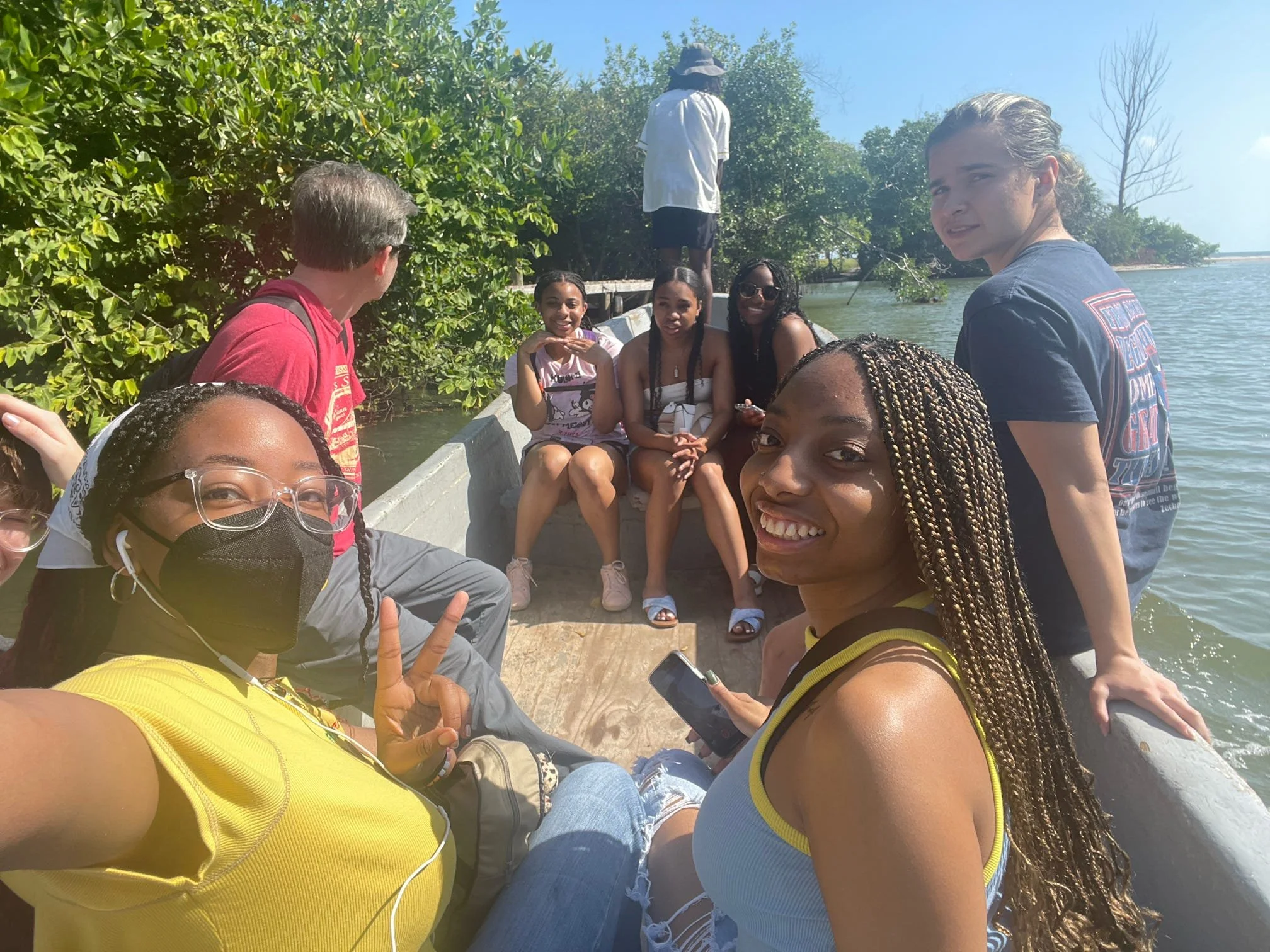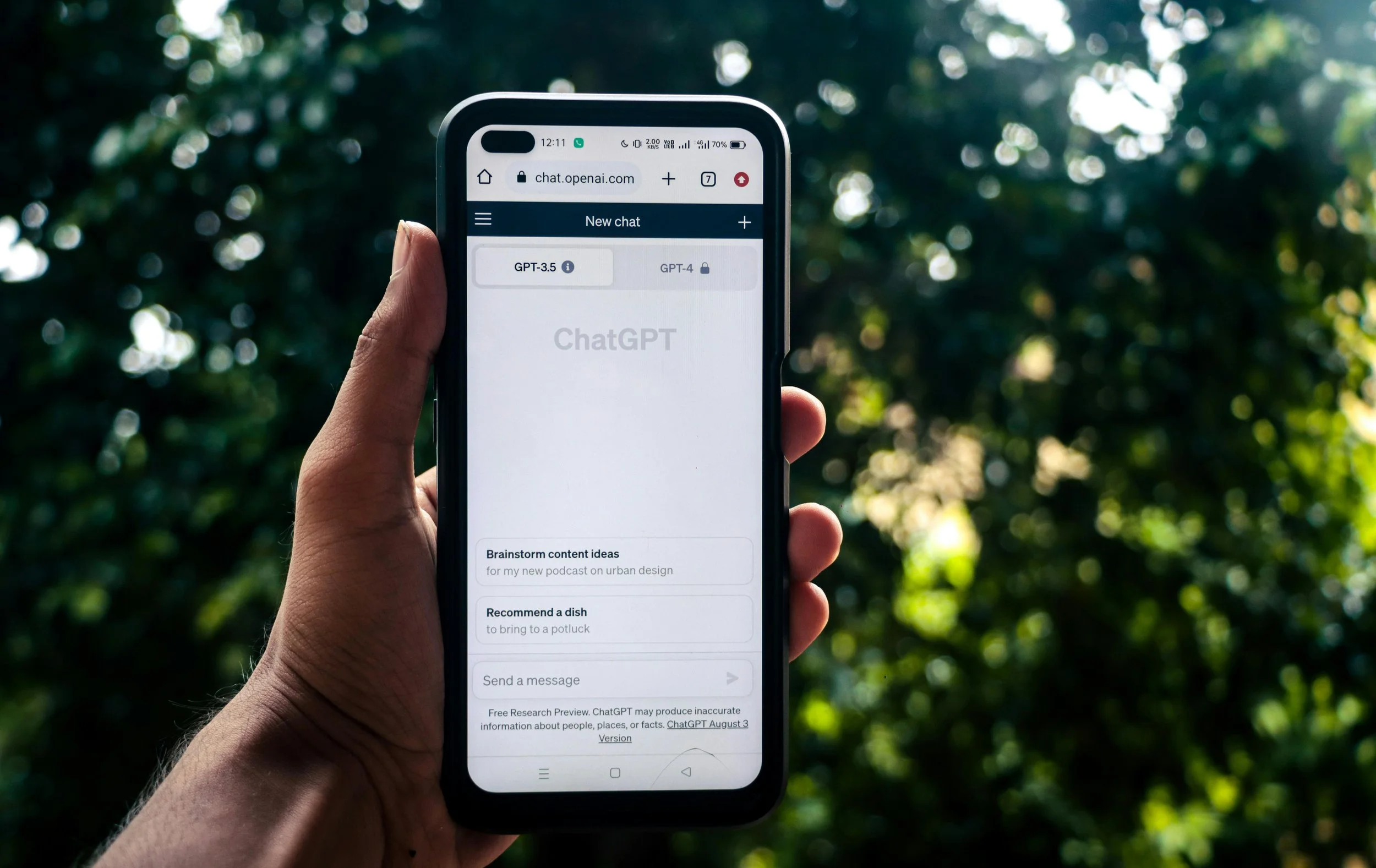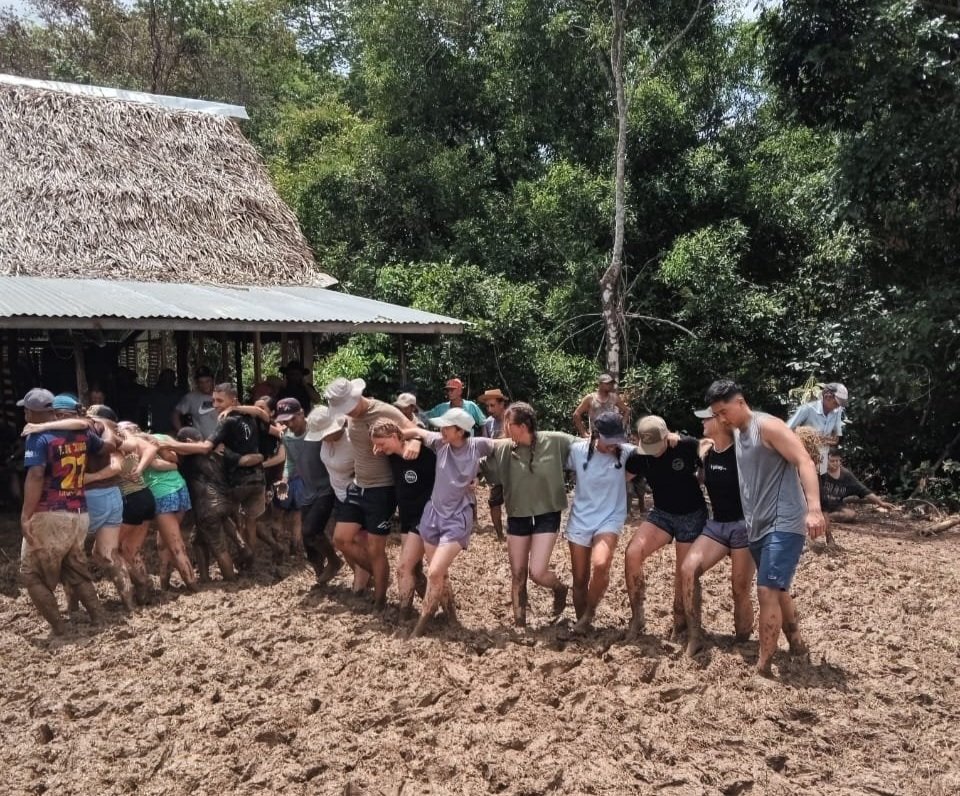Recruiting Students to Study Abroad Virtually
/by Makayla Vasek, Communications Specialist
Over the summer, I had the opportunity to speak with a number of university students about their previous study abroad experiences as well as their opinions on the rise in virtual study abroad programs. When I asked them individually if they would consider participating in a virtual program, all 5 students quickly responded “no.” For study abroad providers, universities, and faculty leaders, that is incredibly discouraging with the current climate requiring us to postpone travel.
But, as I inquired further, I realized that the students weren’t so much against virtual study abroad as they were unaware of what the programs could encompass. In fact, as I presented some of the innovations that educational companies are developing such as international virtual internships and 360° virtual reality travel, most of the students revoked their initial responses and showed interest in learning more. What I gathered from these discussions is that the success of virtual study abroad is and will continue to be highly dependent on the way it is presented to the ultimate consumer: students.
Based on my conversations with students, I’ve identified several effective and defective marketing strategies that faculty members should consider to increase virtual study abroad participation.
Marketing Dos
Do Educate Yourself on the Virtual Technology Prior to Promotion
Today’s university students were born in the digital age and therefore can spot a technologically inept professor from miles away, especially in our new virtual format. As a student myself, I have switched online classes based on my former professor’s inability to fix her audio settings, because there is nothing more frustrating or discouraging than taking a virtual class with a professor who doesn’t know how to use Zoom. Since the technology for virtual study abroad is also new to students, it’s even more imperative that you familiarize yourself and test the virtual study abroad software prior to promoting your program. Then, when students come with questions, you will have the knowledge to provide clarity and further interest them.
Do Use Visuals and Demos in Your Program Promotion
The term “virtual study abroad” itself is a vague and oxymoronic phrase that, as I mentioned before, isn’t well-defined for students. It is the job of the faculty leaders to visually define these programs with photographic and interactive promotional collateral. Be sure to work with your university or study abroad provider to create sample program simulations and VR headset demos when applicable, so students can view the study abroad platforms on which they’d be expected to collaborate and visualize the virtual travel experience prior to committing to the program.
Do Show Your Own Excitement for the Program
Most students who choose to participate in a faculty-led study abroad program do so because they have previously taken and thoroughly enjoyed a class led by that faculty member. They respect and value your thoughts. Thus, if you demonstrate excitement for the program, it will spread to the students. On the other hand, if you fake excitement, it will show. So, identify what most excites you about the program and share it with your students.
Marketing Don’ts
Don’t Present Virtual Programs as a Substitute for In-person Study Abroad
The primary opposition to virtual study abroad is that “it isn’t the same as in-person travel.” And everyone who says this is right. Virtual programs can never replace in-person travel, so we need to stop pretending otherwise. Instead, virtual study abroad ought to be marketed as its own valuable experience. We are in a unique position to offer brand-new programs that create a global classroom without the high cost or stressful logistics involved with travel. Students who may have never even considered studying abroad because of costs or on-campus commitments now have the chance to engage in a culturally immersive experience without leaving their homes. Therefore, present virtual study abroad as a new invaluable opportunity, not as a second choice program.
Don’t Only Promote Your Program to the Study Abroad Market
Because virtual study abroad is a unique experience with greater affordability, accessibility, and scalability than traditional study abroad, there isn’t one “right” student target market. As you place and direct your promotional collateral, identify groups of students who might otherwise be unable to participate in study abroad. Student-athletes, work-study students, and even students with families now have the opportunity and flexibility to internationalize their education, if you only show them how.
Don’t Forget to Promote the Cultural Elements of the Program
It’s easy for university administrators and faculty leaders to become so caught up in the logistical, technological, and academic requirements of virtual study abroad that they completely neglect what interests students in the first place: cultural immersion. Without the travel component, it is even more important to implement cultural elements into the virtual programs. Whether this includes one-on-one language practice, live-streamed cooking classes, or virtual museum tours, implement a strong focus on cultural immersion and make it a primary talking point in your marketing strategy.
How to Approach Virtual Study Abroad Fairs
Every year, students and faculty leaders alike anticipate their universities' study abroad fairs. These are events where students start or continue their study abroad program search and make meaningful connections with faculty leaders. Now that these fairs have become virtual, however, participation has dropped drastically. I think the reason for this shift is that it can be intimidating to speak with people via video call, especially when there are 50+ participants listening to what you have to say. The software often lags causing people to accidentally talk over each other, and many students fall victim to passive listening.
The best way to approach this problem is to restructure the large fair format into small group info sessions. Ultimately, faculty leaders need to find a way to be more accessible to students in a welcoming environment. The University of Iowa, for example, has done a great job of increasing accessibility by offering Virtual Discover Abroad Sessions every Tuesday and Friday during the semester. With this format, administrators and faculty leaders are able to directly address individual students on a recurring basis. In addition, the UIOWA website features presentation topics and recordings from their virtual study abroad fair that occurred in September for students to reference on their own time.
Marketing is just communicating. Students are seeking that communication, but many don’t know where to look. So, the most important marketing strategy is to be available for both the students who are completely on board and those who are hesitant or simply looking for someone to answer their questions.
As you begin to rethink your virtual study abroad marketing strategy, start by reviewing the resources below to answer the questions you may have about leading a virtual study abroad program.
Feel free to reach out to Learn from Travel for support with marketing virtual programs.




















